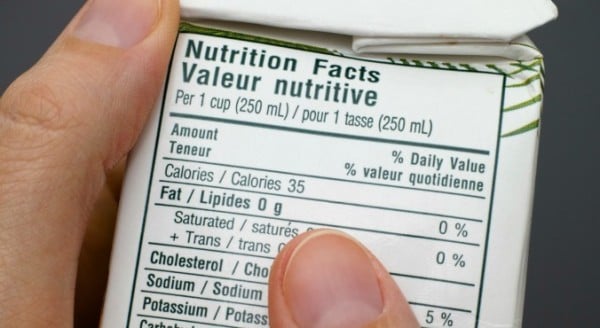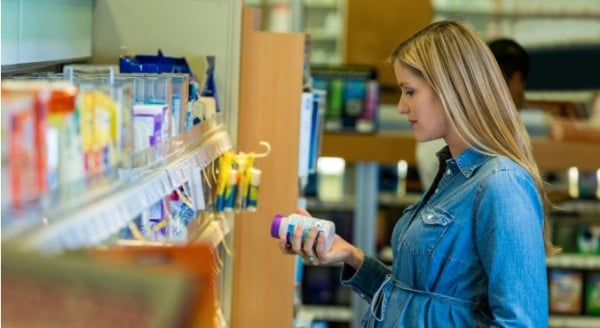
Image: iStock. By Melinda Coughlan, Baker IDI Heart & Diabetes Institute and Matthew Snelson, Baker IDI Heart & Diabetes Institute.
The “E numbers” in the ingredients list of your packaged foods replace the chemical or common name of particular food additives. These are used to enhance the colour, flavour, texture or prevent food from spoiling.
Food additives have been used for centuries. The ancient Romans would use spices such as saffron to give foods a rich yellow colour. Salt and vinegar were used to preserve meats and vegetables for long voyages.
In the 1960s, regulators decided to make a standardised list of these additives. In Europe, these are referred to as E numbers (the E stands for Europe). In Australia, we just use their code number. So, vitamin C would be called E300 in Europe. In Australia, it can be found on labels with the code number 300, such as “food acid 300”, “ascorbic acid (300)” or “vitamin C (300)”.
What do the numbers mean?
100 to 199: Food colouring. Saffron is “food colour 164” in Australia (or E164 in Europe). Other spices commonly used to add colour to foods include turmeric (E100) and paprika (E160c).
(Looking for a simple green smoothie recipe? Check out Mamamia TV’s below. Post continues after video.)

